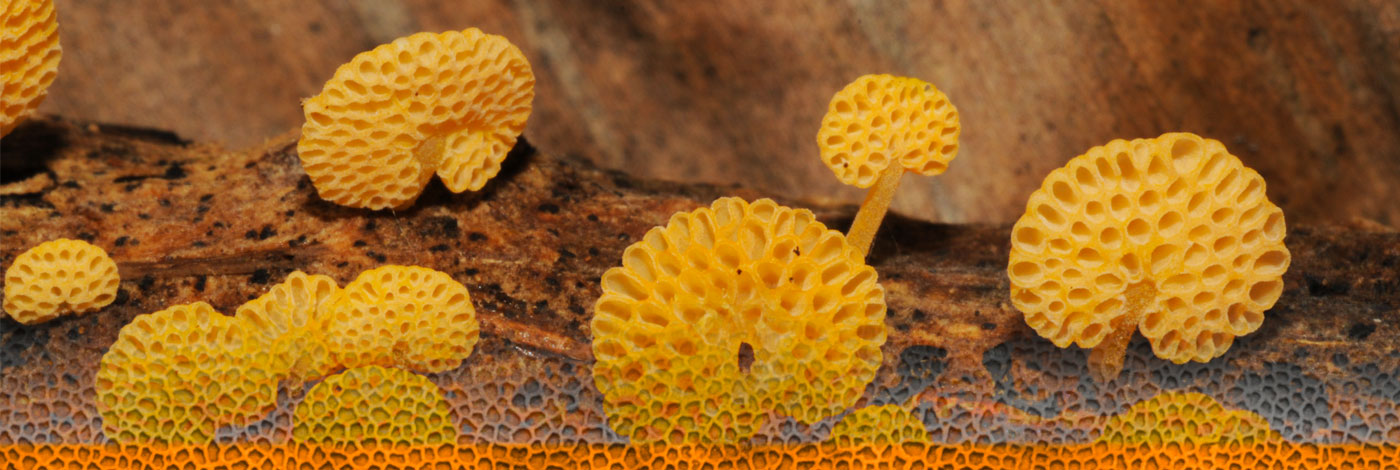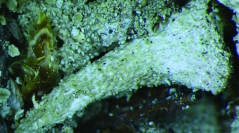

 Cryptogamie, Mycologie
44 (5) - Pages 61-82
Cryptogamie, Mycologie
44 (5) - Pages 61-82The genus Cladonia P.Browne is one of the richest genera in species among lichenized fungi, consisting of about 500 species based on both morphological and chemical diversity. Thalli of the Cladonia chlorophaea species group with horizontal primary thalline lobes and sorediate, cup-, funnel-, goblet- or wineglasss-shaped podetia contain twelve different lichen secondary metabolites (atranorin, congrayanic, cryptochlorophaeic, 4-O-methyl-cryptochlorophaeic, fumarprotocetraric, grayanic, 4-O-demethyl-grayanic, homosekikaic, merochlorophaeic, norrangiformic, quaesitic, rangiformic and thamnolic acids) in various combinations. Six taxa are currently distinguished at species level based mainly on these substances. The 281 specimens kept in herbaria as Cladonia chlorophaea s.l. collected in Hungary were analysed by high performance thin-layer chromatography (HPTLC). The chemical revision allowed to separate C. asahinae J.W.Thomson, C. cryptochlorophaea Asahina, C. grayi G.Merr. ex Sandst., C. merochlorophaea Asahina and C. novochlorophaea (Sipman) Brodo & Ahti from C. chlorophaea s.str. Three species – C. asahinae, C. grayi and C. novochlorophaea – represent new distribution records to Hungary. The morphological characters differentiating these species according to the literature data were less obvious. Therefore, a detailed morphometric study of 227 podetia – considering the size of podetia, cup, stalk, soredia and squamules – was carried out on selected specimens. Although Cladonia asahinae and C. cryptochlorophaea were usually smaller than the robust C. chlorophaea (Flörke ex Sommerf.) Spreng. or C. merochlorophaea, the chemical characteristics supplied more stable results than morphological metrics.
Cladoniaceae, lichen-forming fungus, lichen secondary metabolites, chemotaxonomy, geographical distribution, high performance thin-layer chromatography, morphometric analysis